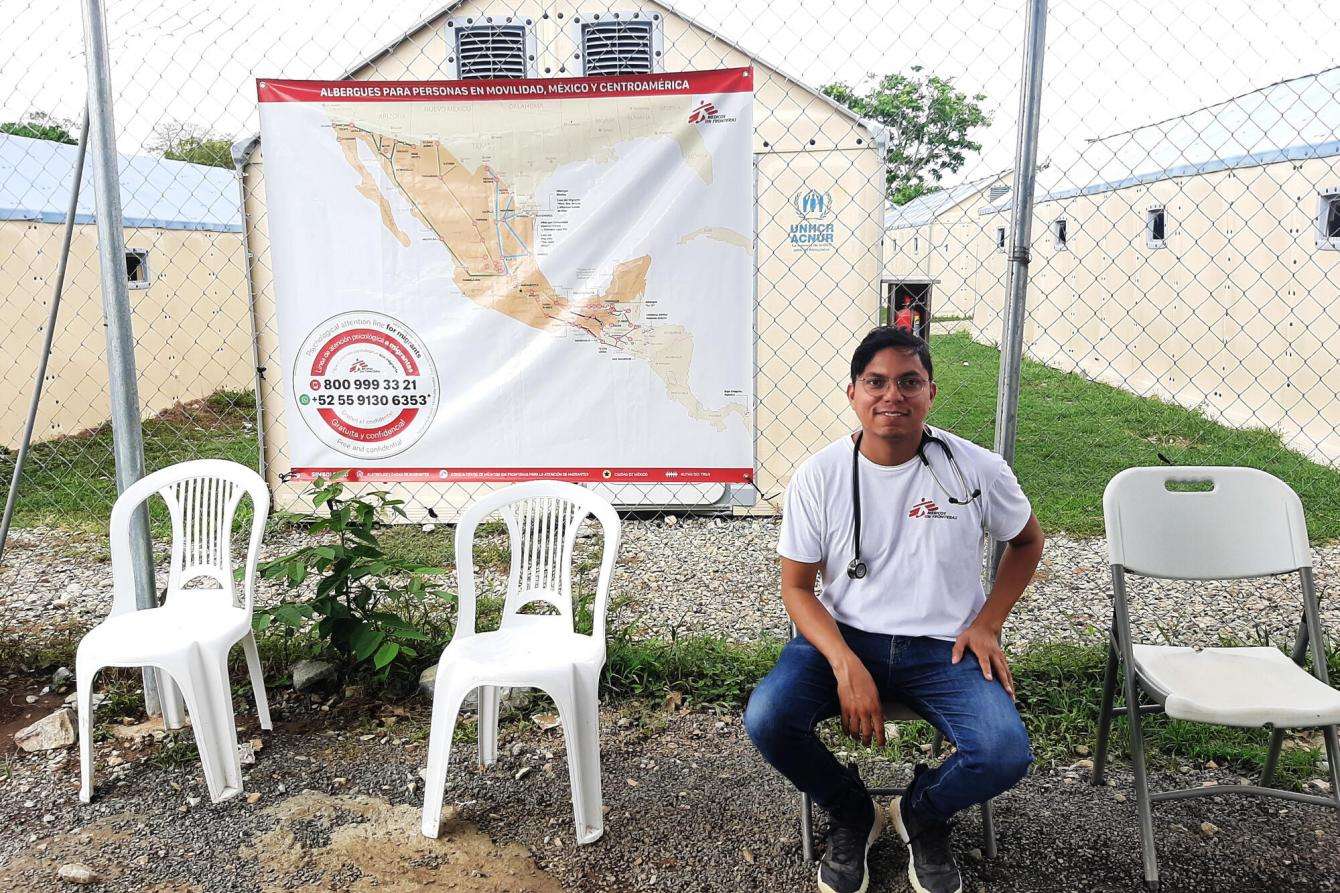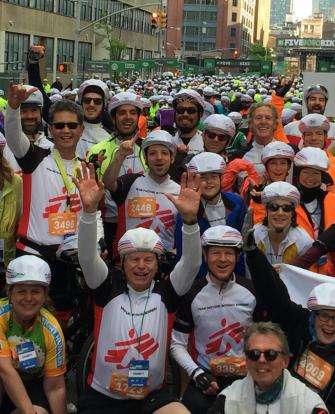After hitting a record high in 2021, the number of people arriving in Panama after crossing the treacherous Darién Gap route from Colombia has dropped significantly. In December, the Bajo Chiquito health center—where a Doctors Without Borders/Médecins Sans Frontières (MSF) team had been providing medical care to those who survived the trek—had no patients.
Dr. Helmer Charris—who has worked with MSF in various capacities over the last 11 years in Sierra Leone, Ethiopia, Mexico, Yemen, and South Sudan—was in Panama from December 2021 until March 2022. Here, he describes why the Darien Gap is more perilous than ever, despite the decrease in the number of arrivals and changes in the routes migrants are taking.
When I arrived in Panama, the migratory route was changing. Instead of arriving at the town of Bajo Chiquito, it reached further north to Canán Membrillo. This new route seemed to be safer—there were no reports of violent incidents and [it was] shorter by three days. But that started to change again in February.

We had focused our efforts on the San Vicente migration reception station, where people spend a couple of days after they make it through the jungle before continuing north towards Costa Rica. People started to arrive telling us that they had been in the jungle for a long time, and that they had been assaulted or had suffered extremely brutal sexual violence.
Patients told us that even though they [took] the new Canán Membrillo route, the guides led them in circles. Some have told us that they’ve been taken through the Loma de la Muerte—notorious for how difficult the conditions are. They would have gone through it on the way to Bajo Chiquito, but they shouldn’t if they’re going to Canán. As the route is longer, the guides also charge more. The cost has gone up from US$300 per person to US$900 per person.
It takes a long time for women who have been assaulted to reach San Vicente from Canán Membrillo, so [it’s usually too late to] provide them with prophylaxis to prevent infections [such as HIV] or [emergency contraception to prevent] unwanted pregnancies, which have to be given within 72 hours of the rape. In total, we treated 396 women for sexual violence from April 2021 to March 2022, which includes 68 so far this year. We plan to assess the situation in Canán Membrillo, but we haven't yet received authorization from the Ministry of Health to work in that area.
The nationality of the migrants has also changed compared with 2021. Before, Haitians made up the largest group, but now more than half [of the arrivals] are Venezuelans. Many of them had previously settled in Colombia or Peru and had been planning to make the journey north for some time. There were a lot of families [in 2021] and that continues to be the case, although to a lesser extent. And we still see families from Africa: from Cameroon, Congo, and Senegal.

Since February, there have been several spikes of violence, including sexual violence. It might be too early to determine a pattern, but many migrants say they have been robbed, raped, or subjected to brutal mistreatment inflicted with the intention to humiliate. This obviously affects their physical health and causes significant mental health suffering.
We've noticed an increase in the number of people who need our mental health services. Out of a monthly average of 1,500 medical consultations, 150 are for mental health care, mostly for patients who suffered violence on the road, more than half of whom have acute stress. Among these patients are those who have lost a family member on the road due to an accident, dehydration, or because they became separated on the route. We see at the migration stations that the migrants already feel safer and better able to ask for a consultation than in Bajo Chiquito, where they still had the final stretch to face before they could start the next stage of their journeys.

In addition to the brutality and sexual violence, it always has a big impact when you hear about people who died in the Darién Gap. I met a 17-year-old boy from Angola whose family are now scattered. Some are already at the northern border with Costa Rica, his father is in Canán Membrillo, his younger brother drowned in a river, and one of his other two brothers died from dehydration or starvation because everything they had with them was stolen. Stories like this really affects the MSF teams emotionally. People still need protection—the Darién Gap is as dangerous as ever.
How you can help
Not everyone can treat patients in the field. But everyone can do something.
Some humanitarian crises make the headlines—others don’t. Unrestricted support from our donors allows us to mobilize quickly and efficiently to provide lifesaving medical care to the people who need it most, whether those needs are in the spotlight or not. And your donation is 100 percent tax-deductible.




